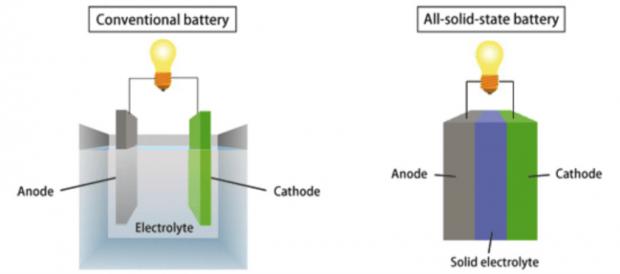
Breaking News
 Silver up over $2.26... Today! $71.24 (and Gold close to $4500)
Silver up over $2.26... Today! $71.24 (and Gold close to $4500)
 GARLAND FAVORITO: More and more fraud from the 2020 election in Fulton County, Georgia...
GARLAND FAVORITO: More and more fraud from the 2020 election in Fulton County, Georgia...
 Rep. Matt Gaetz tells Tucker Carlson that agents of the Israeli govt tried to blackmail his...
Rep. Matt Gaetz tells Tucker Carlson that agents of the Israeli govt tried to blackmail his...
 Trump: We need Greenland for national security… you have Russian and Chinese ships all over...
Trump: We need Greenland for national security… you have Russian and Chinese ships all over...
Top Tech News
 Travel gadget promises to dry and iron your clothes – totally hands-free
Travel gadget promises to dry and iron your clothes – totally hands-free
 Perfect Aircrete, Kitchen Ingredients.
Perfect Aircrete, Kitchen Ingredients.
 Futuristic pixel-raising display lets you feel what's onscreen
Futuristic pixel-raising display lets you feel what's onscreen
 Cutting-Edge Facility Generates Pure Water and Hydrogen Fuel from Seawater for Mere Pennies
Cutting-Edge Facility Generates Pure Water and Hydrogen Fuel from Seawater for Mere Pennies
 This tiny dev board is packed with features for ambitious makers
This tiny dev board is packed with features for ambitious makers
 Scientists Discover Gel to Regrow Tooth Enamel
Scientists Discover Gel to Regrow Tooth Enamel
 Vitamin C and Dandelion Root Killing Cancer Cells -- as Former CDC Director Calls for COVID-19...
Vitamin C and Dandelion Root Killing Cancer Cells -- as Former CDC Director Calls for COVID-19...
 Galactic Brain: US firm plans space-based data centers, power grid to challenge China
Galactic Brain: US firm plans space-based data centers, power grid to challenge China
 A microbial cleanup for glyphosate just earned a patent. Here's why that matters
A microbial cleanup for glyphosate just earned a patent. Here's why that matters
 Japan Breaks Internet Speed Record with 5 Million Times Faster Data Transfer
Japan Breaks Internet Speed Record with 5 Million Times Faster Data Transfer
Breakthrough to safer solid state batteries with double the performance

Current lithium-ion batteries max out with a total energy density around 600 watt-hours per liter (Wh/L) at the cell level. In principal, solid-state batteries can reach 1,200 Wh/L.
U-M engineers created a ceramic layer that stabilizes the surface—keeping dendrites from forming and preventing fires. It allows batteries to harness the benefits of lithium metal—energy density and high-conductivity—without the dangers of fires or degradation over time.
It's not combustible. There is no liquid, which is what typically fuels battery fires.



